In a striking wildlife event, the red-flanked bluetail, a small bird normally residing in East Asia, has been unexpectedly sighted in New Jersey.
This occurrence has garnered significant attention from birdwatchers and ecologists, offering insights into rare migratory behaviors and broader ecological shifts.
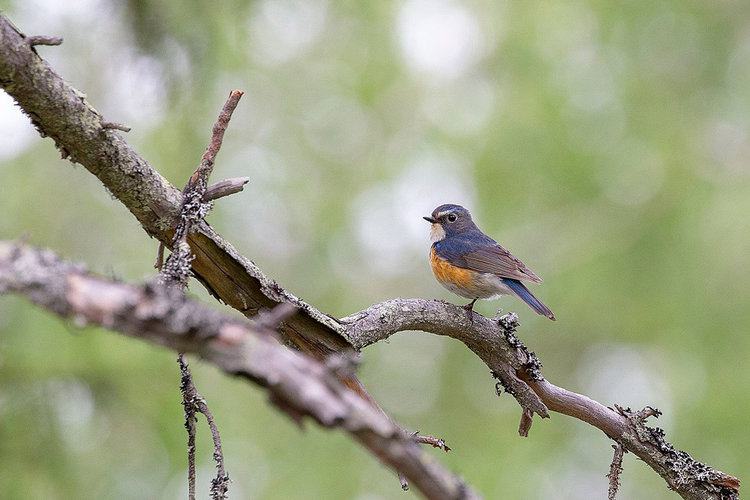
Unprecedented Discovery in Eastern North America
The red-flanked bluetail, known scientifically as Tarsiger cyanurus, is a migratory songbird predominantly found in East Asia. This species is distinguished by its vivid blue tail and striking orange flanks.
The bird’s unexpected visit to New Jersey is particularly noteworthy as it represents the first recorded sighting in the eastern half of the North American continent. According to the American Birding Association, previous sightings in North America were almost exclusively confined to western regions, particularly Alaska. The rare presence of this bird in New Jersey could be indicative of changing migratory patterns.
These shifts in migration are not just fascinating from a birdwatching perspective but also hold significance for ecological studies, shedding light on how wildlife adapts to global environmental changes.
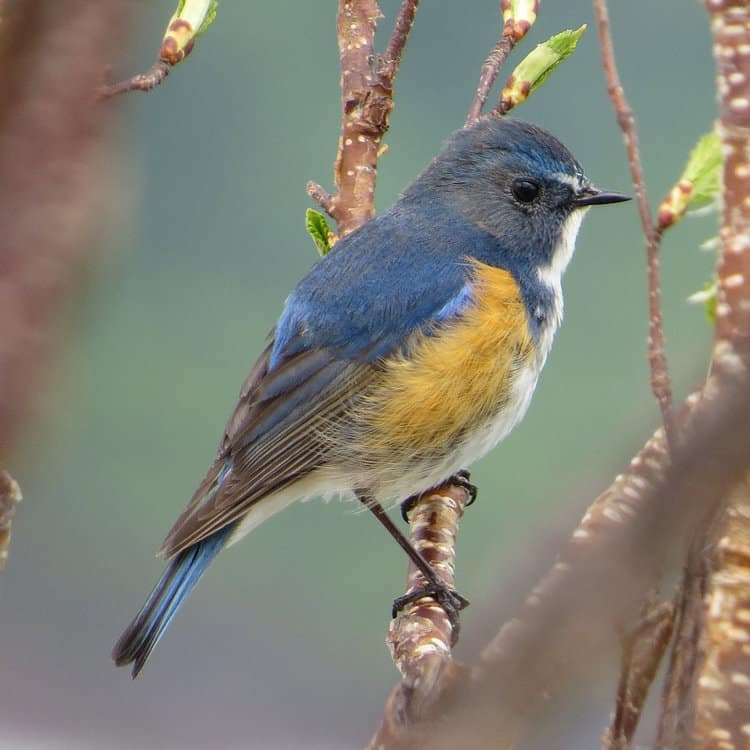
The Birding Community’s Response
The discovery of the red-flanked bluetail in New Jersey sparked a flurry of excitement within the birding community. Birdwatchers and ornithologists, some travelling great distances, flocked to the site to observe this rare visitor, reports LeHigh Valley Live. But, while the sighting has built up joy and excitement within the birdwatching community, it has also highlighted the importance of citizen science in contributing to wildlife observation and conservation efforts.
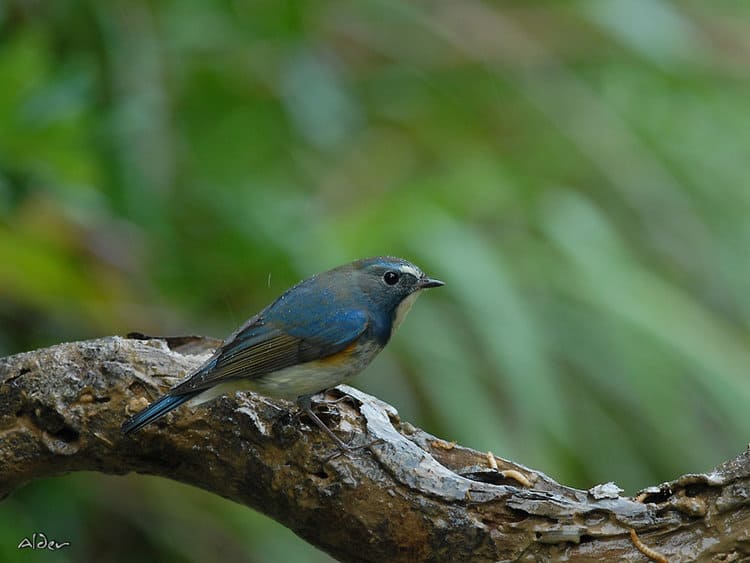
Ecological Significance and Conservation Concerns
This unexpected appearance has raised significant ecological questions. While the exact causes of this unusual migration are unclear, it is speculated that factors such as climate change, habitat alterations, or environmental disturbances may play a role.
This sighting is a potent reminder of the dynamic and ever-changing nature of wildlife migration patterns, which can serve as important indicators of broader environmental changes.
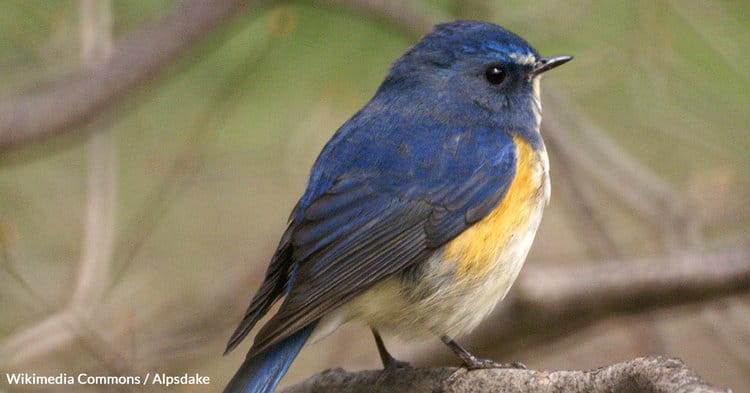
Migratory birds like the red-flanked bluetail face an array of conservation challenges that significantly impact their populations globally. One of the foremost challenges is habitat loss, driven primarily by urban development, agricultural expansion, and deforestation, reports the National Audubon Society. These activities drastically reduce the availability of critical habitats for breeding, feeding, and resting during migration. For instance, wetlands, a vital stopover habitat for many migratory species, have been rapidly disappearing worldwide.
The loss of these habitats not only reduces the available space for these birds but also fragments their migratory routes, making their long journeys more perilous. This habitat degradation poses a severe threat to the survival of migratory bird populations, as it directly impacts their breeding success and survival rates, reports the U.S. Fish and Wildlife Service.

Climate change further exacerbates the challenges faced by migratory birds. Rising temperatures, shifting weather patterns, and increased frequency of extreme weather events can alter the timing of migration, affect food availability, and disrupt breeding patterns.
According to the American Bird Conservancy, birds might arrive at their breeding grounds either too early or too late, missing the peak abundance of food resources essential for raising their young.
As the global ecosystem continues to evolve, understanding and preserving the intricate relationships within it become increasingly essential.
What you can do
Help to save wildlife by donating as little as $1 – It only takes a minute.
This article by Matthew Russell was first published by The Animal Rescue Site. Lead Image: The Red-flanked Bluetail is a migratory bird, wintering in Southeast Asia and parts of South Asia.
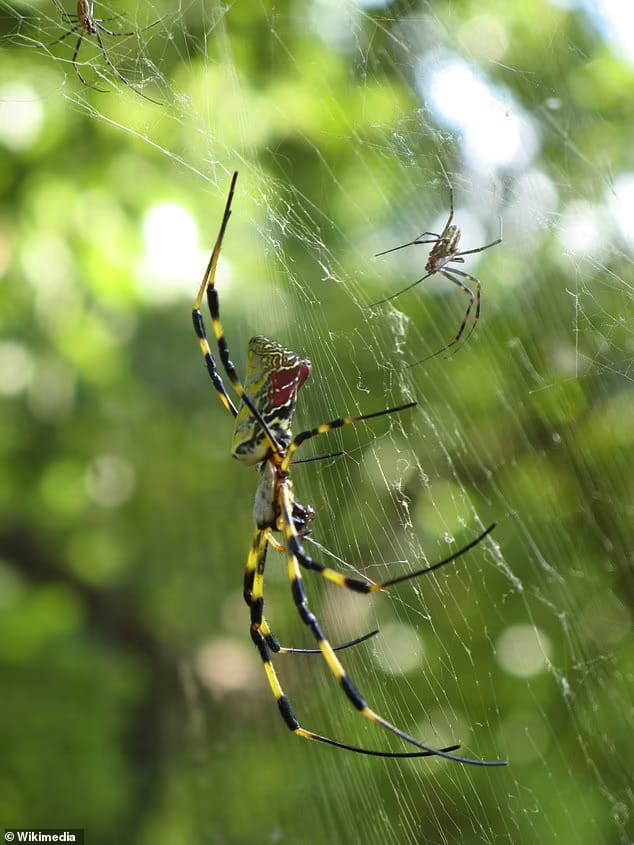


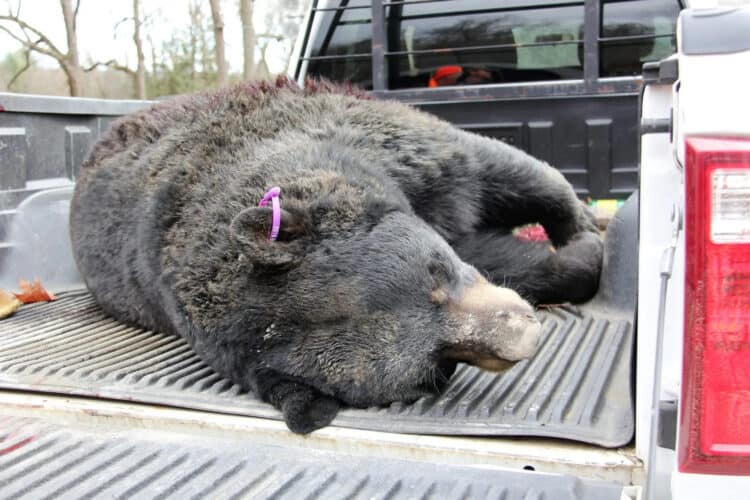


Leave a Reply